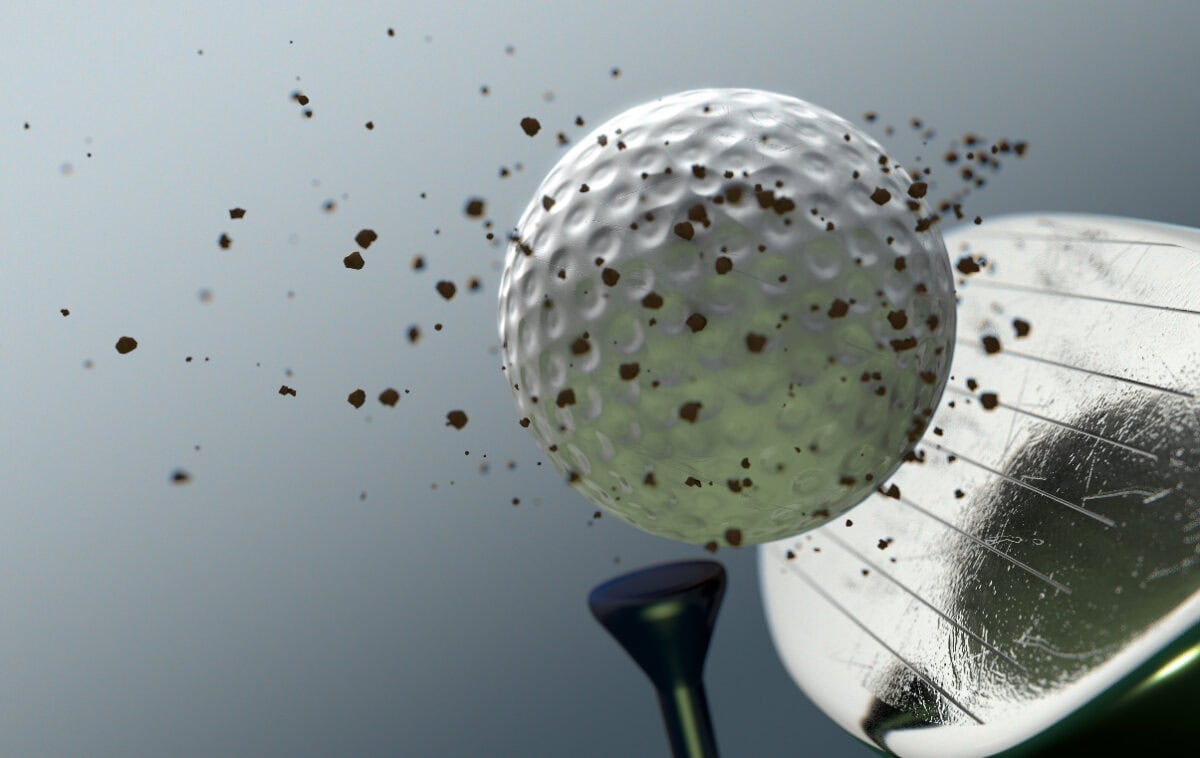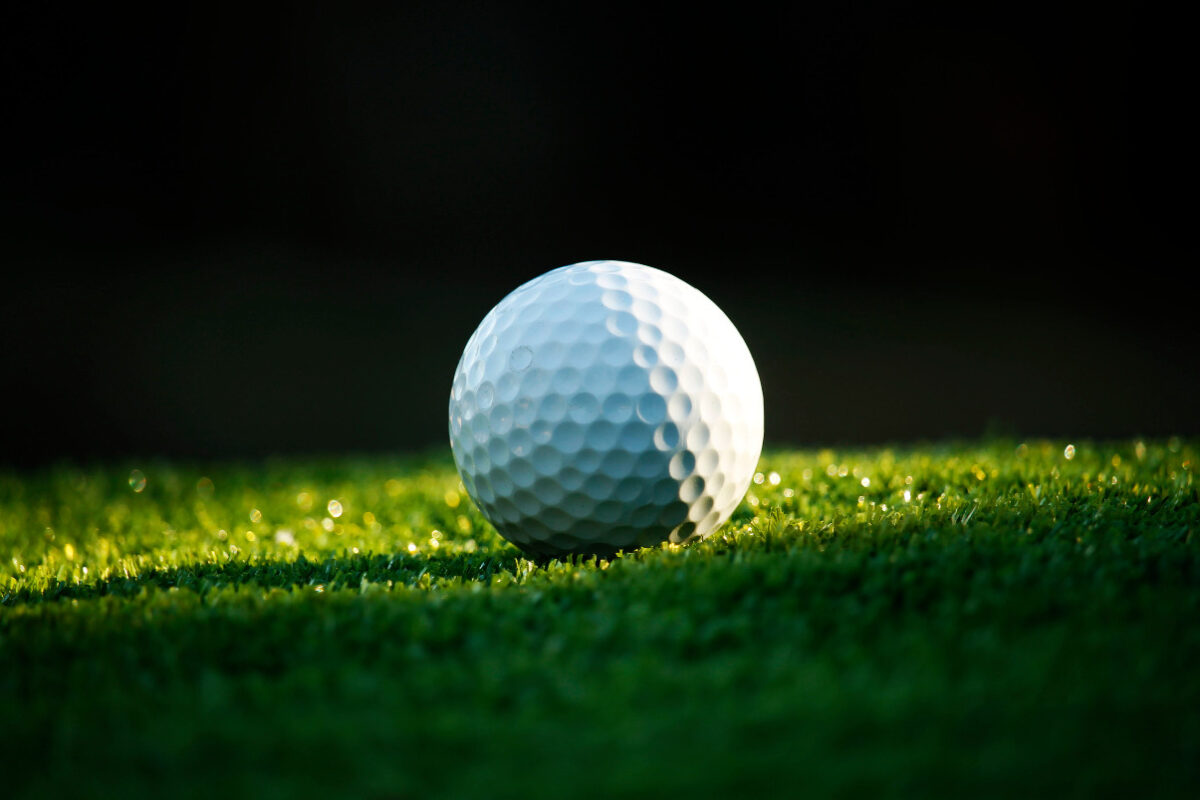Why Are Golf Balls So Expensive? The 9 Reasons
A single box of brand-new premium golf balls can easily cost $50 or even more from high-end brands.
With recreational golfers likely losing several balls per round, the cost of constantly restocking new ones adds up extremely quickly. But there are a number of factors that explain the surprisingly high prices of golf balls from leading manufacturers.
Production expenses, research investments, branding power, and product engineering all contribute to making golf balls a luxury accessory with elevated pricing.
For casual players, paying $4 or more per ball may seem excessive when compared to basic sporting goods.
But for avid golfers and equipment enthusiasts, the latest technologies and tour-caliber designs justify the price.

Advanced Materials and Manufacturing Processes
Today’s top golf balls utilize highly advanced materials and space-age polymers to optimize distance, spin, feel, and durability.
Most premium balls feature multiple layers and complex inner core formulations to enhance performance.
The raw materials involved, including various chemical compounds and ionomers, cost significantly more to procure than the simple gutta-percha rubber used in decades past.
Automating the intricate manufacturing processes to assemble finely tuned golf balls is also an expensive endeavor.
Brands invest heavily in state-of-the-art factories equipped to mold multi-layer golf balls to extremely tight tolerances and quality standards.
The costs of both the technical materials and automated production factories get built into the retail pricing.
Extensive Research and Development Costs
Leading golf ball companies like Titleist and Callaway invest many millions of dollars into ongoing research and development to engineer optimized golf ball designs.
Entire departments of scientists, engineers, and product developers continuously work to improve golf ball performance through design innovations.
From advanced dimple patterns and aerodynamics to multi-layer core constructions, R&D teams test and refine new technologies through rigorous trial and error processes.
This ongoing product advancement requires extensive research budgets to pay for prototypes, robot/player testing, wind tunnels, simulator labs, materials, specialized equipment, and personnel.
The costs of funding this continual improvement process add up and translate into higher retail pricing.

High-Profile Brand Name Licensing Fees
When iconic golfers like Tiger Woods, Rory McIlroy, Jordan Spieth, and Jason Day endorse specific golf ball models, the brands pay multi-million dollar licensing fees for their name, image, and likeness.
In order to feature a superstar like Phil Mickelson promoting a ball in television commercials and advertisements, the company compensates them handsomely from the marketing budget.
These celebrity endorsement fees are extremely high in the golf world, so brands look to recoup those costs through sales at premium price points.
The licensing fees essentially get passed down to consumers in the form of elevated golf ball prices.
Winning Validation from Professional Tours
All leading golf ball manufacturers seek to have their newest models played and won with on major professional tours like the PGA Tour and European Tour.
When elite players put a prototype model into play and then win tournaments using that ball, it provides a powerful endorsement of its technologies and capabilities.
This type of validation from the game’s top stars allows brands to command premium pricing for golf balls marketed directly to consumers.
Even average weekend golfers gain confidence playing the same ball as the pros who win with it week in and week out.
The prestige and validation of tour usage let brands justify charging more per dozen.

Frequent New Product Releases and Short Lifecycles
Golf ball manufacturers frequently release new models boasting improved performance gains and features.
Generally every 1-2 years, brands will announce the next generation model that renders previous designs obsolete from a technology perspective.
This constant iteration of new golf balls with marginal performance gains means brands need to recoup their R&D investments quickly over short life cycles before the next big thing comes out.
Companies need to maximize profits and cover development expenses during the brief 1-2 year product lifespan before moving consumers on to the latest offering.
Limited windows to turn a profit on specific models partly explains the higher individual ball costs.
Knowing Golfers Will Lose Balls Frequently
Golf balls are a unique product in the sense that golfers expect to lose several over the course of a round, hole, or practice session.
Whether from errant shots into hazards and rough, or hitting range buckets, the average player goes through a steady supply of golf balls.
Since golf ball manufacturers understand that their product’s lifespan will often be just a hole or two before being lost, they can price balls at profitable premiums knowing repeat purchases will be common.
Even expensive models can generate strong sales volumes because the nature of the sport demands constant replenishment from all golfers.

Positioning as a Luxury Product and Status Symbol
Golf is widely considered an aspirational and luxury recreational pursuit, especially among higher-income demographics.
Golf balls as a product category are able to demand higher prices because brands intentionally target and market to affluent consumers.
Premium golf balls positioned as high-end accessories command elevated prices because the target audience sees them as luxury items and status symbols.
Part of golf’s widespread appeal is the ability to enjoy an upscale golfing lifestyle, so brands price golf balls at a premium tier knowing the core customers desire to emulate that image.
Costly Professional Fitting Services
Many leading golf ball brands tout extensive professional fitting services designed to connect players with the optimal ball for their game.
Full-scale professional fittings analyze swing characteristics and ball flight performance to recommend perfectly matched models, constructions, and specifications.
This level of customization and personalization comes from experiences facilitated at premium tour events or select retailers.
Since professional consultation requires time and expertise, brands highlight these services to provide a differentiated and bespoke buying experience consumers will pay more for.
The availability of high-end custom fitting adds value that supports lofty pricing.
The Expense of Engineering Quality and Performance
When you consider the full spectrum of golf ball engineering, manufacturing, and design – it makes sense that premium options carry hefty price tags.
Between highly technical materials, rigorous quality testing, intensive R&D investments, advanced robotics, and custom fitting, a tremendous amount of expense goes into maximizing performance.
For golfers who play frequently and take the sport seriously, paying up for maximum quality and minimum compression, driver spin, iron shot height, short game spin, and feel is rational.
From both a quality and innovation standpoint, golf balls represent a uniquely technical product where price reflects the many layers of value built in.
For very casual or high-handicap weekend players, premium-priced golf balls may offer only marginal performance advantages over cheaper options.
But brands intentionally target their new releases and promotions at avid golfers and equipment enthusiasts willing to pay for the latest technologies and tour-caliber engineering.
For millions of passionate players, the cost of maximizing their play justifies golf ball prices that can rival even the finest bottles of wine.
